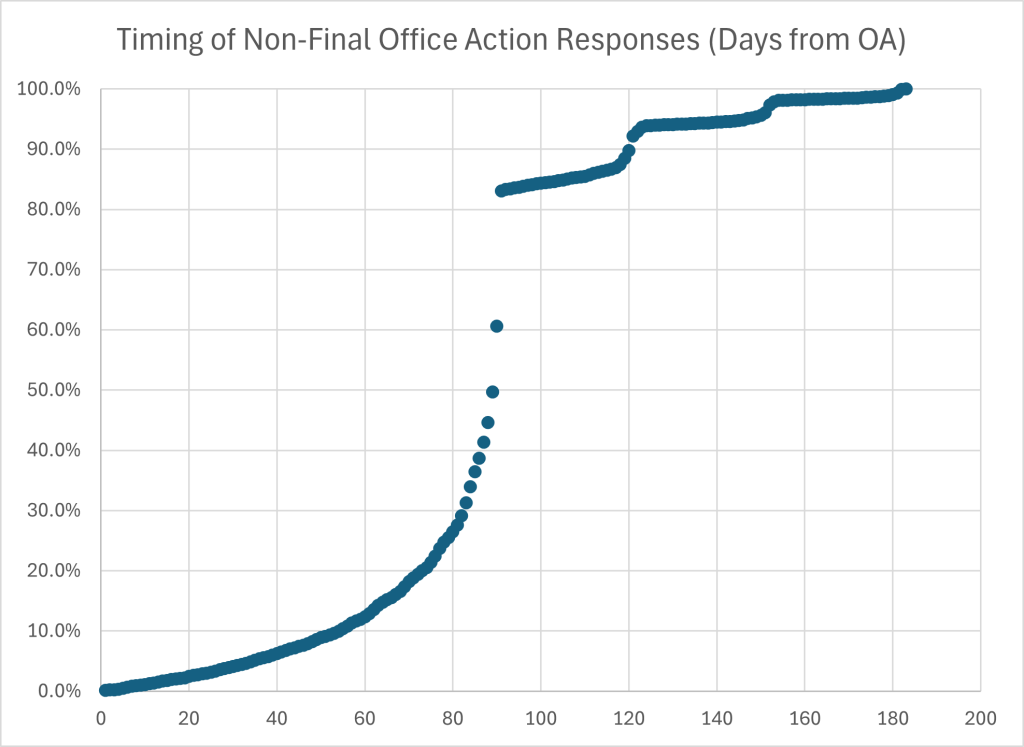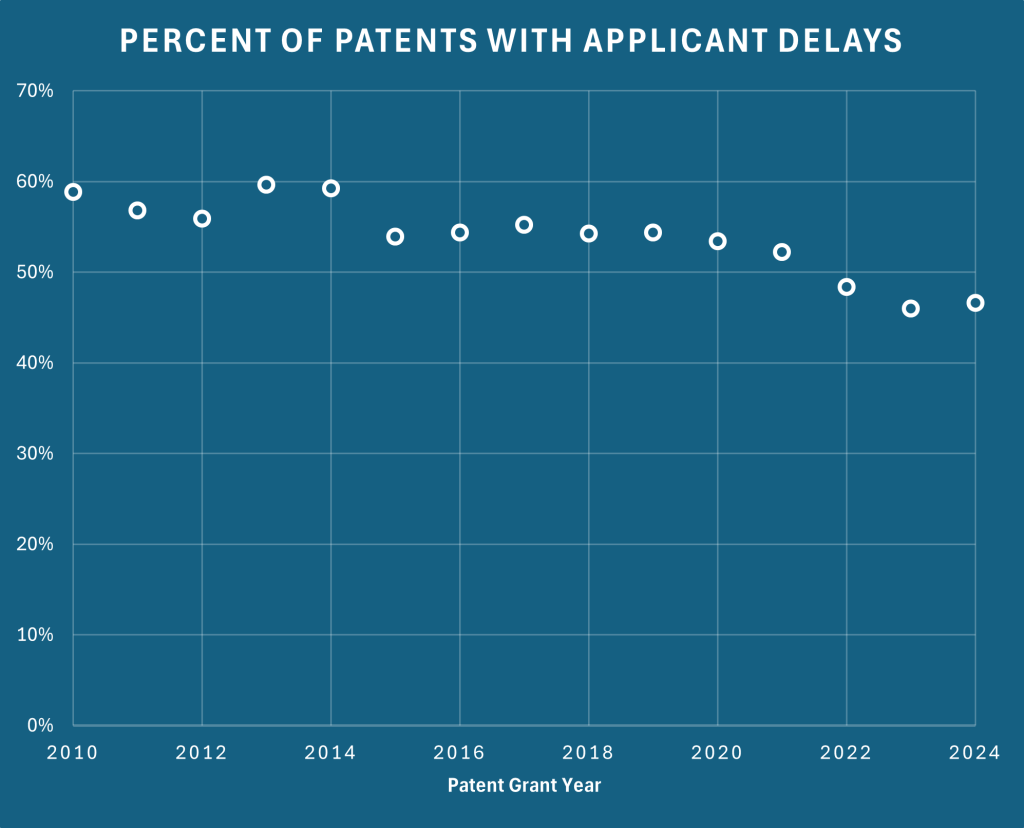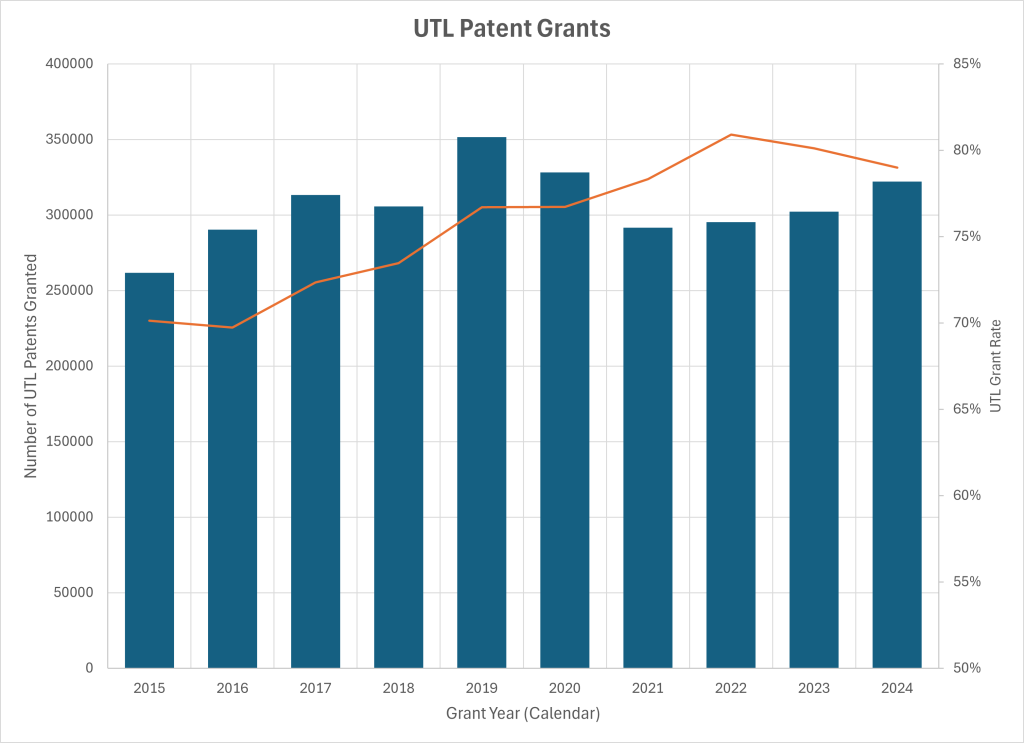by Dennis Crouch
Just after President Trump spoke the oath of office, Coke Morgan Stewart was also sworn in as Deputy Under Secretary of Commerce for Intellectual Property and Deputy Director of the USPTO on January 20, 2025. She is serving as Acting Director. The previous Director, Kathi Vidal, departed to Winston & Strawn in December, and Deputy Director Derrick Brent, who had been serving in an interim capacity, has also now resigned. Commissioner Vaishali Udupa is remaining in her position for now as is Commissioner Gooder.
Welcome Director Stewart.
To continue reading, become a Patently-O member. Already a member? Simply log in to access the full post.




